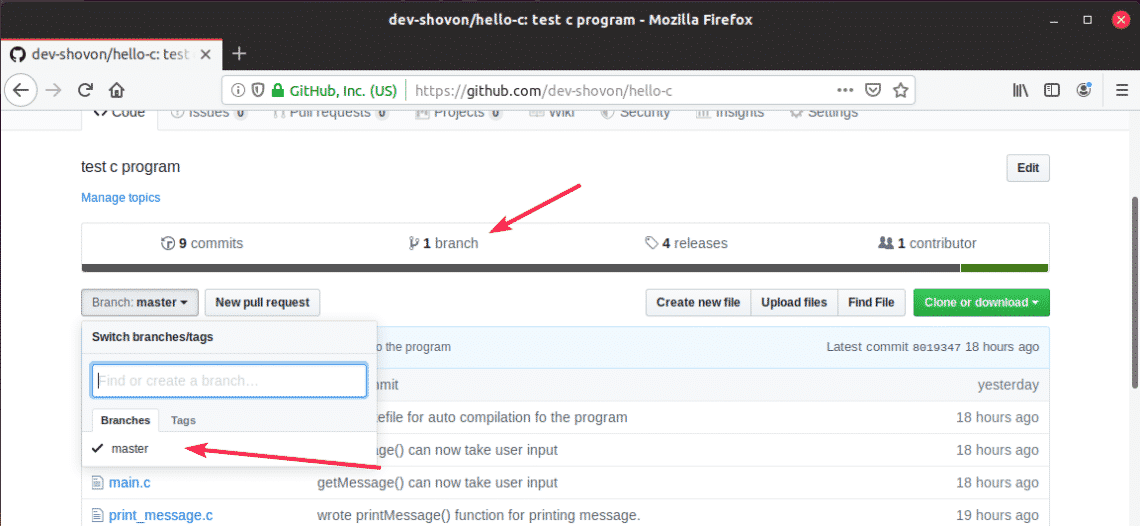

The git checkout -b option creates a new branch name without using any remote-tracking names.

The default action here is git merge and that's not what you wanted, but in any case, pull requires an upstream setting and you won't have one, so this second command just fails entirely. It runs a second Git command to merge or rebase your work (your new commits) with / onto some existing work ("their" commits as obtained by the git fetch step). That, too, is something git clone would have done for you. git pull // not sure if this is necessary You probably don't want any of this, really when you use git clone, you'll get one branch of your own, and it will be based on the branch names in the repository you're cloning, which will take care of all of this. This is only necessary if you made a new, empty repository earlier and when you made your first (and now only) commit, Git chose to create the branch name master, but you want to use the name main. You do need this step, but using git clone would make it easier.) git branch -M main (This is also something git clone would have done for you.

You wanted to add a new commit to an existing repository.

This part is OK, except for one problem: if you created a new, empty repository with the git init step, this made a single initial commit in this new, previously-empty repository. Meanwhile, I'll answer this question first: (It's not completely wrong, nor irrecoverably wrong: git clone starts by running git init! We'll have a look in a bit at what you can to do recover.) So this part is wrong: git initĪs that's used to make a new empty repository. You also have an existing GitHub repository with some set of commits in it? (This is a question, but I'm going to assume that the answer is "yes" based on the rest of the text above this point.)īecause a Git repository is a collection of commits, and your goal is going to be to add commits (not make independent ones), you will need to start by cloning the existing repository, not making a new empty one.
Git pull remote branch code#
This always pushed the code to the master branch and, well worked fine. Open GitHub and create a new repo with the master branch.What I have always done for my personal projects: Once the code is reviewed, create a new pull request by choosing to compare between my created branch and master.Raise a Review request (this is on JIRA and not GitHub).
Git pull remote branch license#
This creates a repo with a Readme.md and a license pre-chosen by the ticket approver. This is not something I have to do but adding it here: Run a create new repository workflow.Specify the name of the repository you require.Raise a ticket (an internal portal for requesting a GitHub repository).(Use git( locally!!) if you feel like it I always do :D ) Run it, debug it and make it so that it runs without bugs. Git checkout -b feat/dev // the remote branch nameĮrror: feat/dev does not seem to be a local repositoryĬode gets pushed to a new branch named main and I cannot open a pull request for the 2 branches have entirely different commit histories.Īdding the GitHub Steps(?) required by my organization here: Git pull // not sure if this is necessary I instead need to create a separate branch on GitHub explicitly and push my code to that branch and then create a pull request. My organization has prevented pushing to master.


 0 kommentar(er)
0 kommentar(er)
